How to repot a tiger orchid
Last Update :2024.12.23
Article Catalog
Repotting tiger orchids is suitable for winter and spring. First, use a screwdriver to pry the soil around the pot to separate the soil from the pot wall. Once the soil has loosened, remove the plant from the pot. Trim the rotten and old roots, and then soak them in carbendazim to disinfect them. Choose a new pot of suitable size, cover it with broken tiles and sandy soil, and replant the plant. Do not water after that, give it proper light, and water again after 2-4 days.
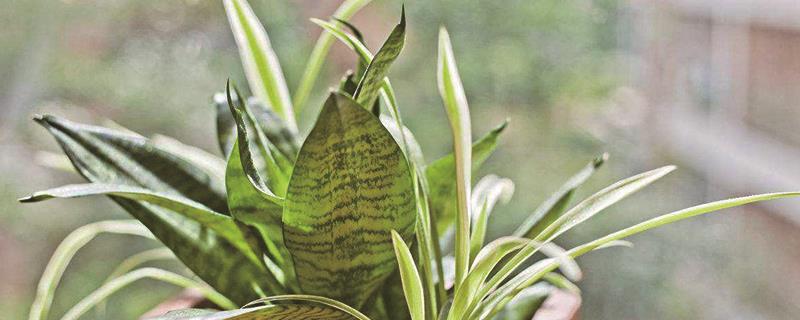
1. Pot changing time
1. Repot time
Tiger orchids are usually repotted in winter or spring. At this time, it is in a dormant period and grows slowly. Changing the pot will not cause major damage and has a high survival rate. If you change the pot during the hot season, it may wither and die because it consumes too much nutrients during the potting period.
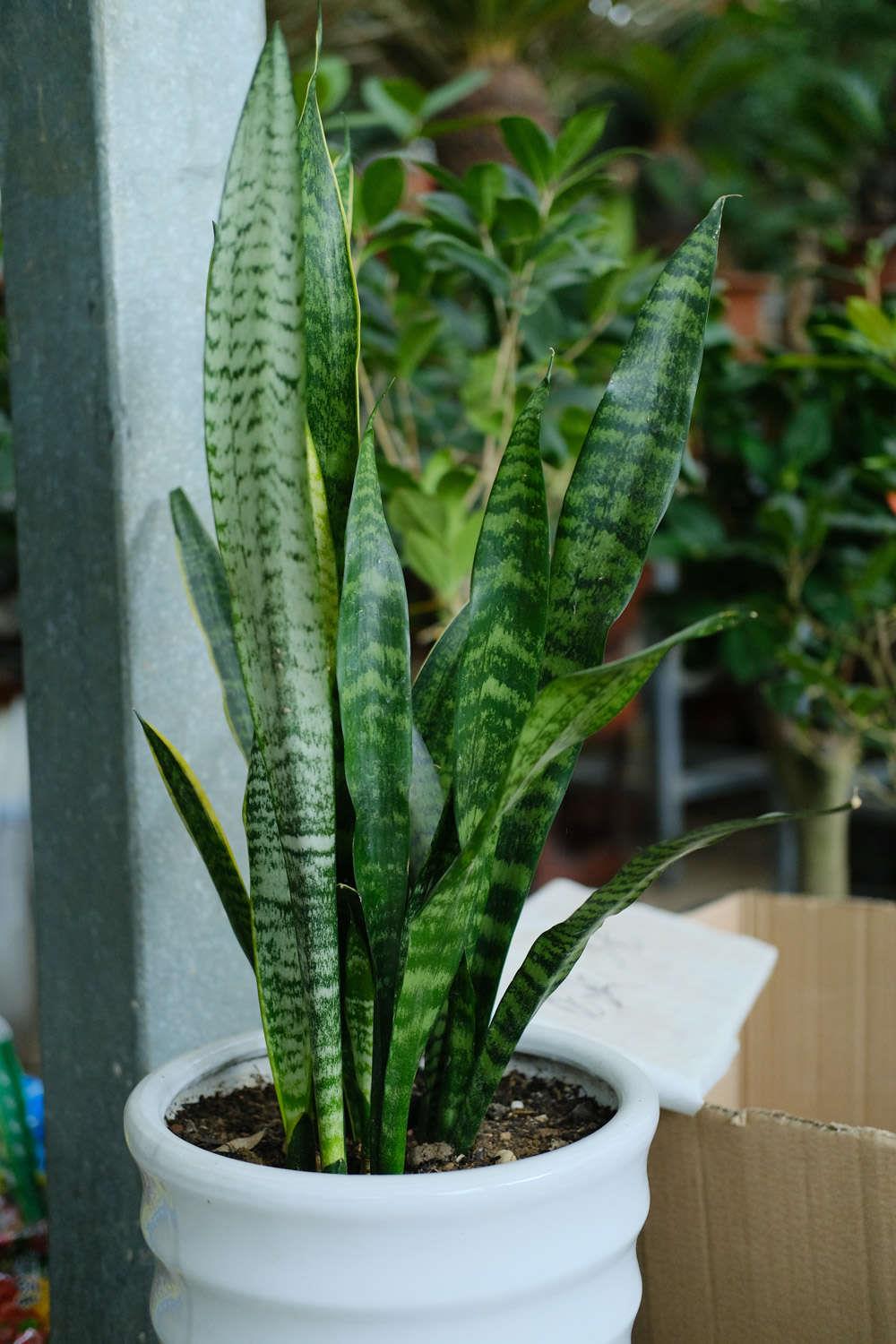
2. Loose soil and remove pots h2>
Before changing the pot, you must first loosen the soil of the tiger orchid. Use a screwdriver or other tool to gently pry the inside of the pot wall to separate the pot soil from the pot wall. Then tilt the pot and scoop out the soil around the edges. If the soil is relatively loose, you can push up the hole at the bottom of the flowerpot to allow the plant to come out of the pot.
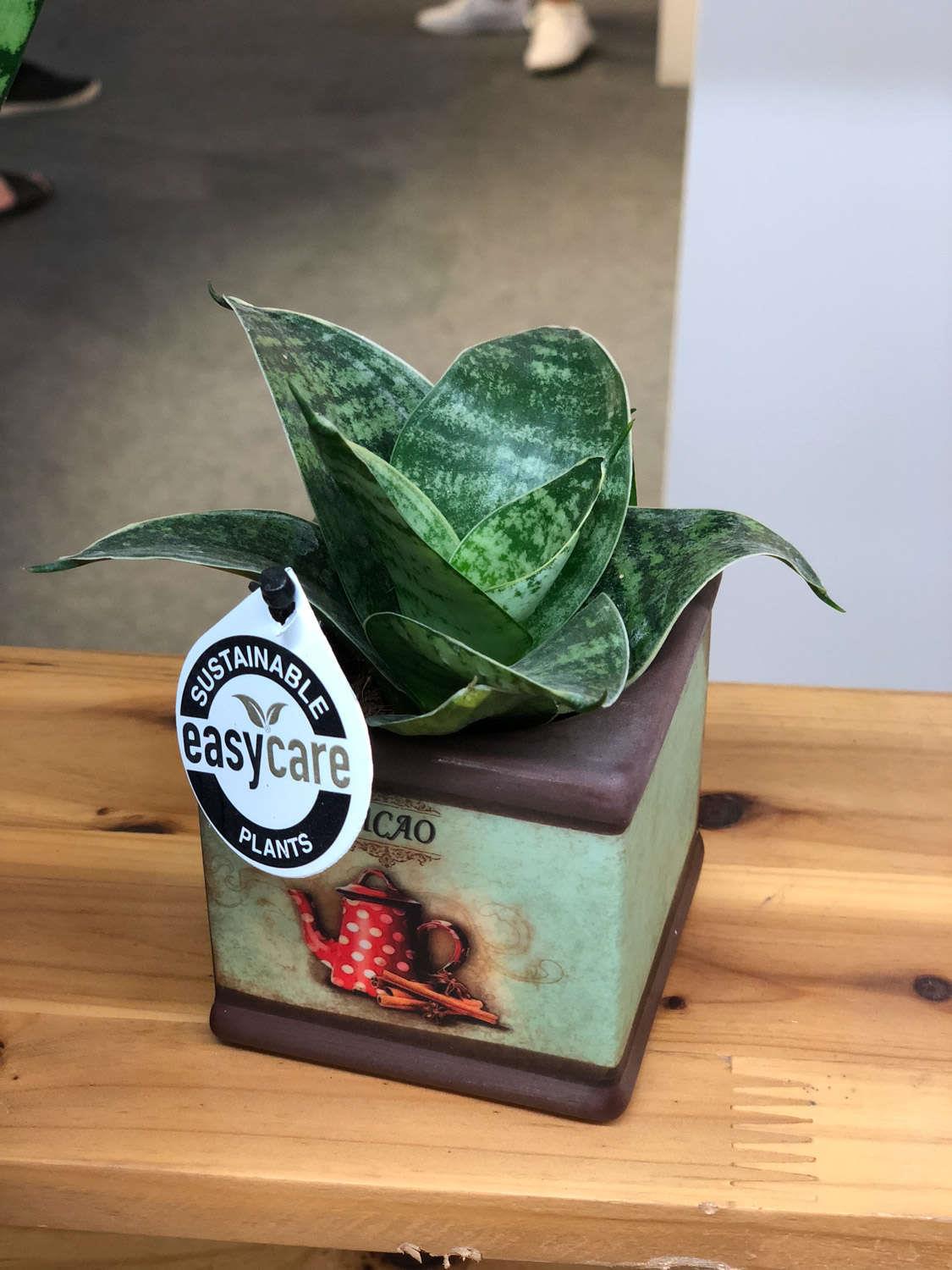
3. Root pruning and replanting h2>
After taking the tiger plant out of its pot, cut off the old and rotten roots. Soak the roots in carbendazim to disinfect them, take them out and dry them before replanting. Choose a flower pot of suitable size, put broken tiles on the bottom of the pot, and fill it with some sandy soil. Place the plant upright in the middle, fill it with soil and compact it firmly.
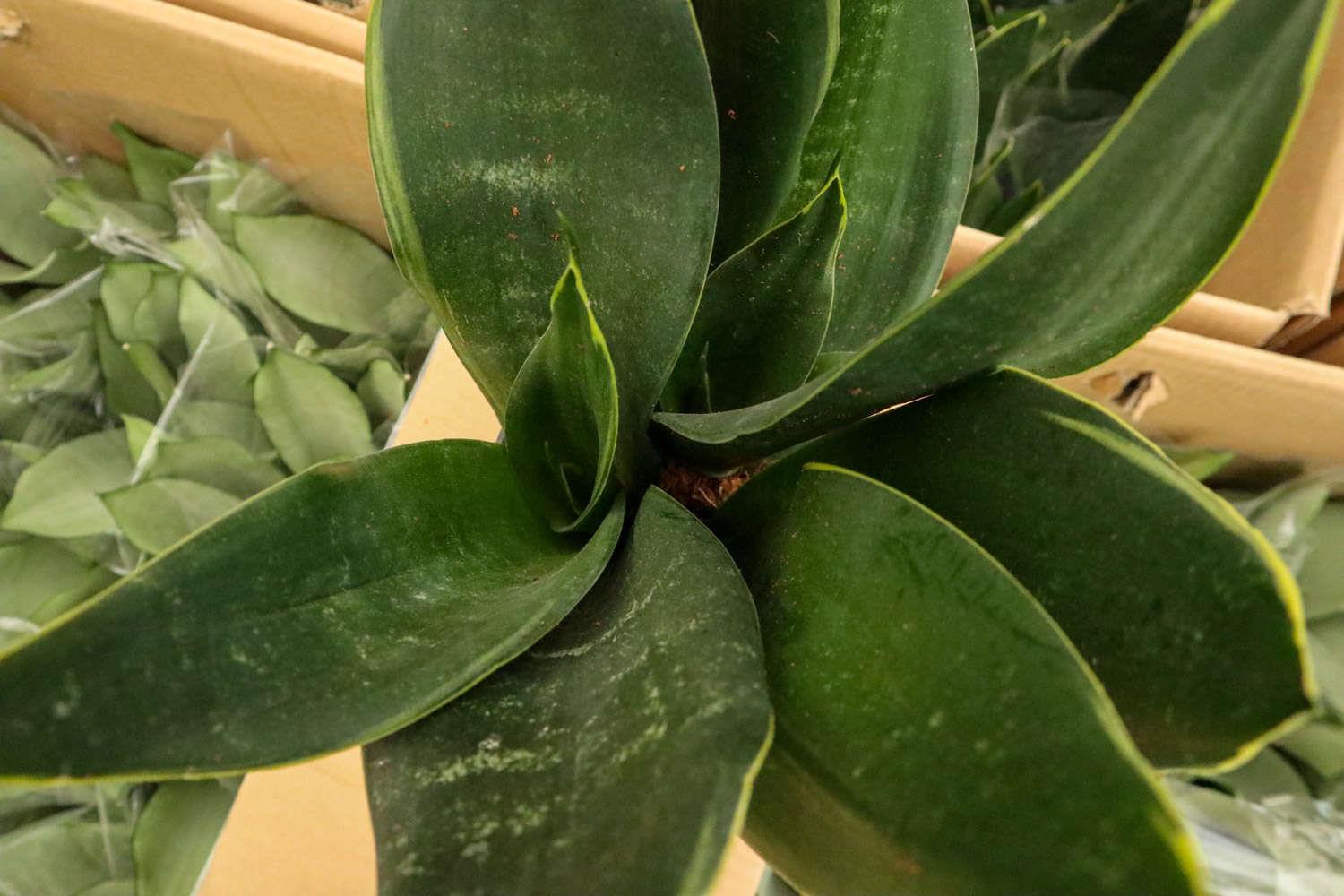
IV. Seedling maintenance
Tiger orchids should not be watered during the slow seedling stage and need to be maintained in a properly dry environment. At the same time, giving it a certain amount of light will be more conducive to its recovery. 2-4 days after changing the pot, you can water it appropriately to keep the pot soil moist.
2. Loose soil and remove pots
3. Repair roots and replant
4. Seedling maintenance
- END -
Are succulents suitable for growing indoors?
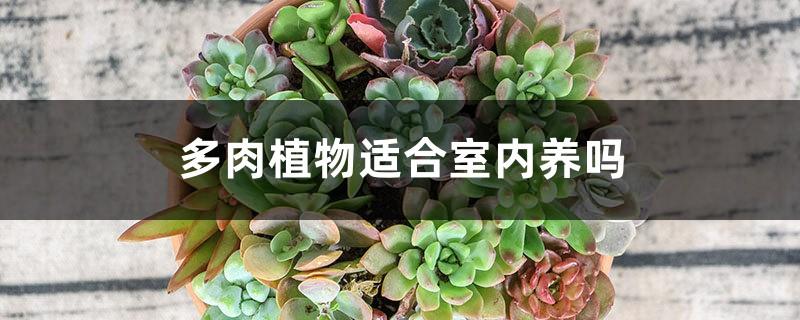
Some varieties are suitable for growing indoors, such as the cactus series, the tw...
Tulip cultivation methods and processes, how to grow them in hydroponics

When cultivating tulips, you should first select bulbs with good quality, uniform ...